The 2022 edition of the Critical Capabilities for Analytics and Business Intelligence Platforms has the same 12 capabilities as the 2021 edition. However, the underlying questionnaire used to evaluate all 20 vendors was expanded, adding nine new subcriteria for a total of 79 questions.
Research and publish the best content.
Get Started for FREE
Sign up with Facebook Sign up with X
I don't have a Facebook or a X account
Already have an account: Login
Get weekly or monthly digest of all posts in your inbox: https://fmcs.digital/wim-subscribe
Curated by
Farid Mheir



 Your new post is loading...
Your new post is loading...


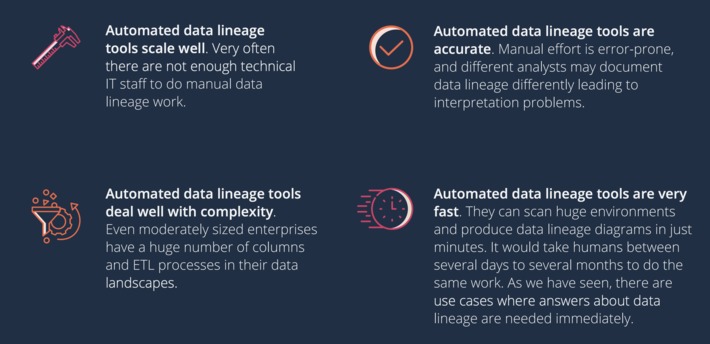
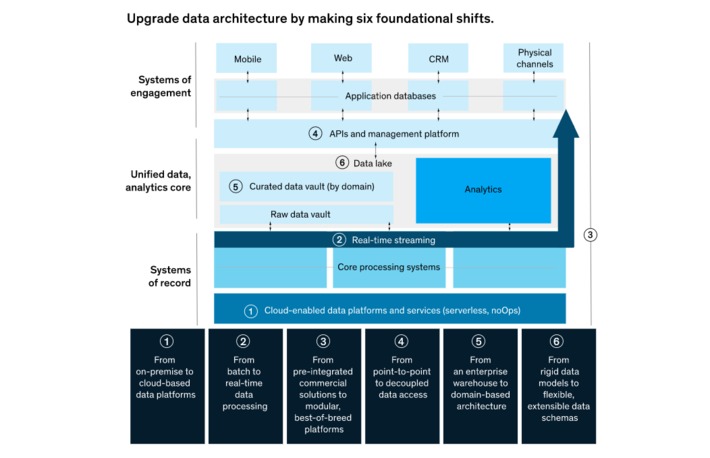

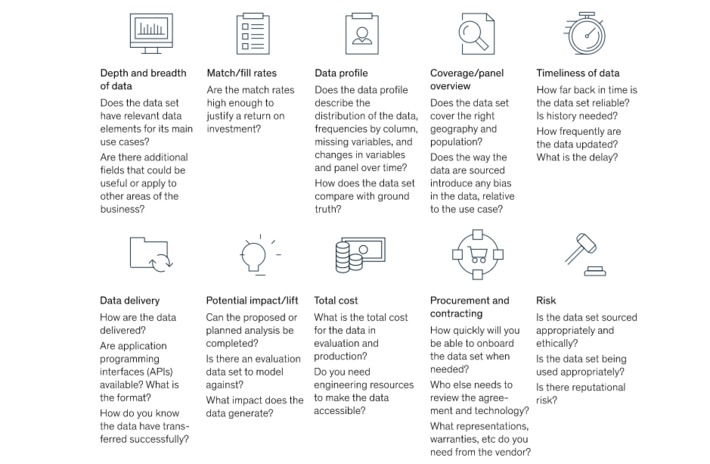
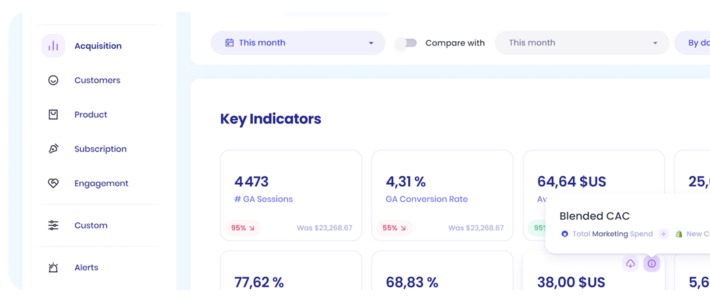


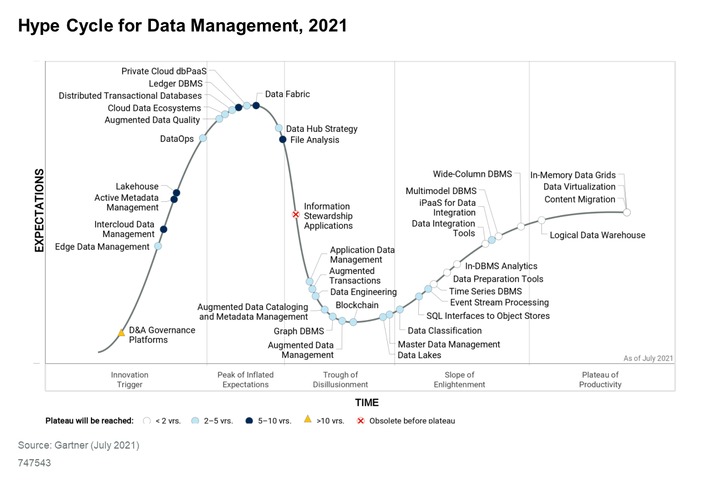

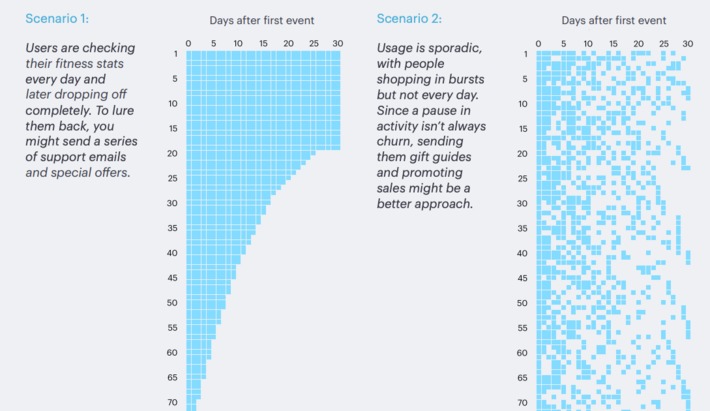

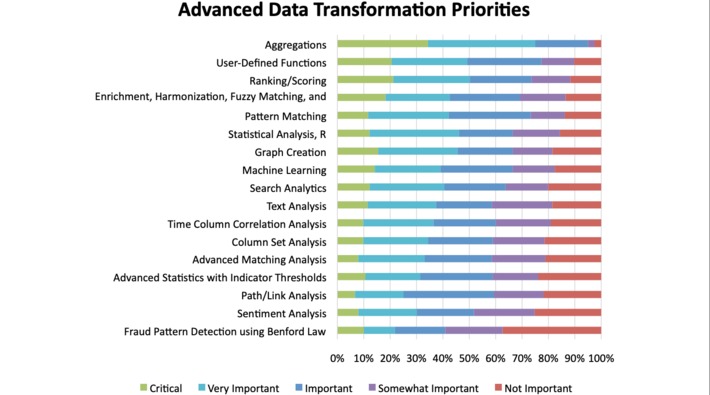

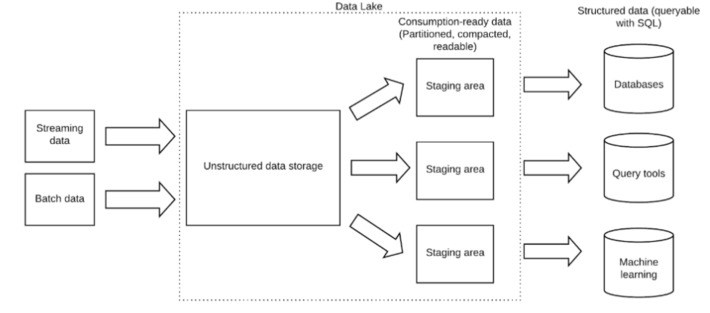
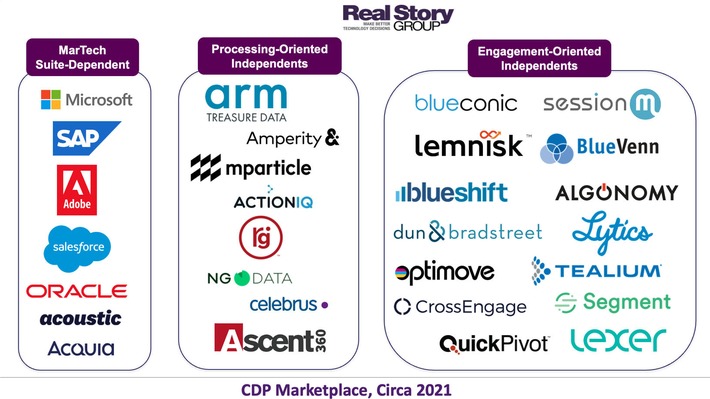
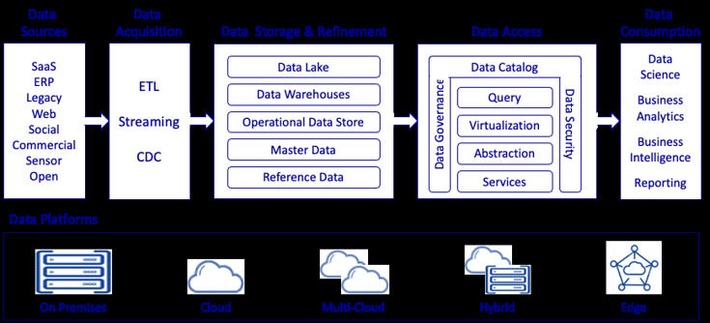
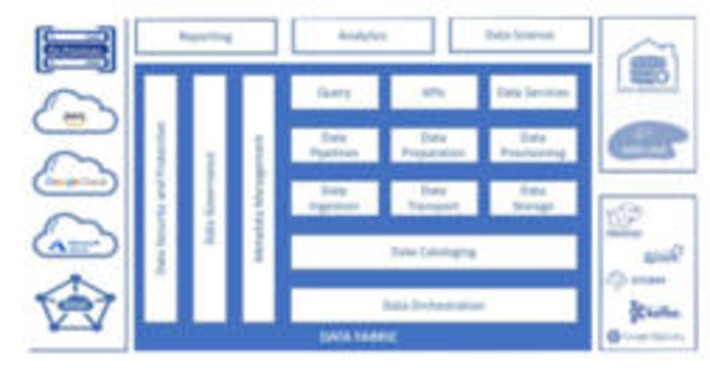
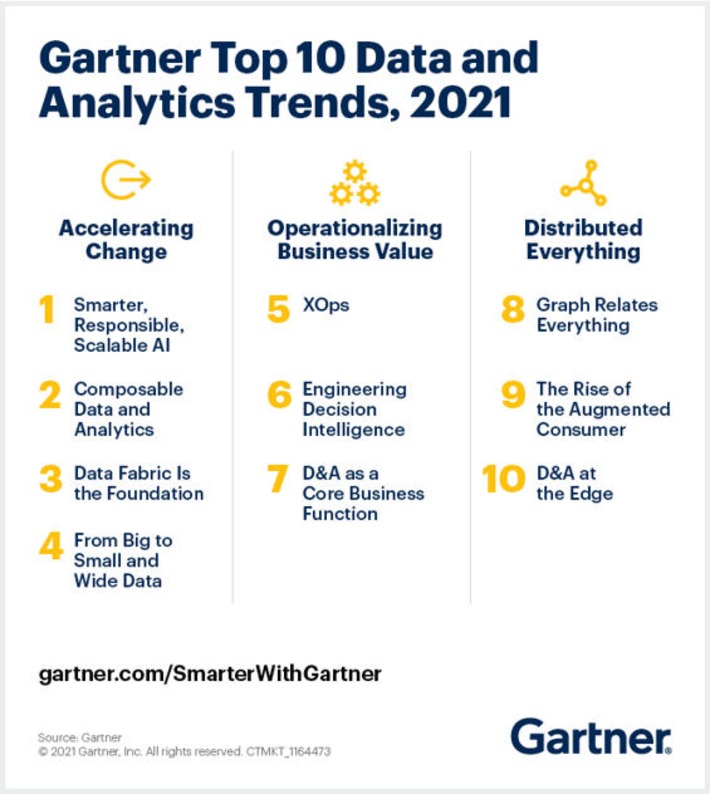
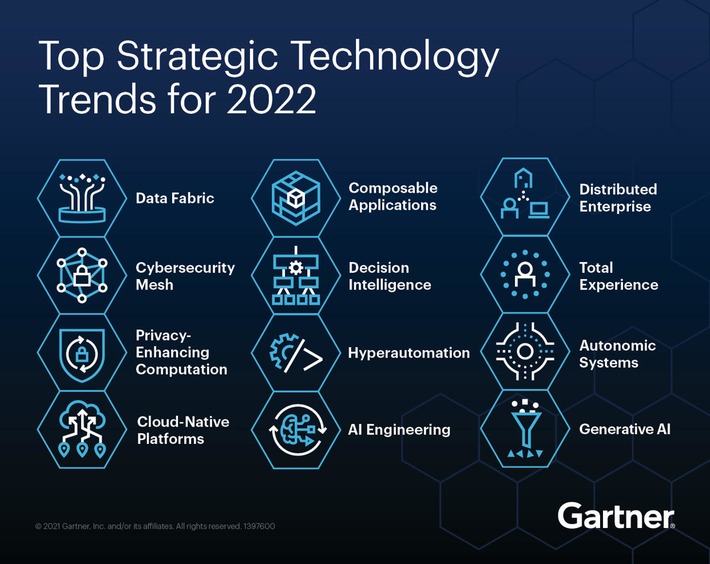
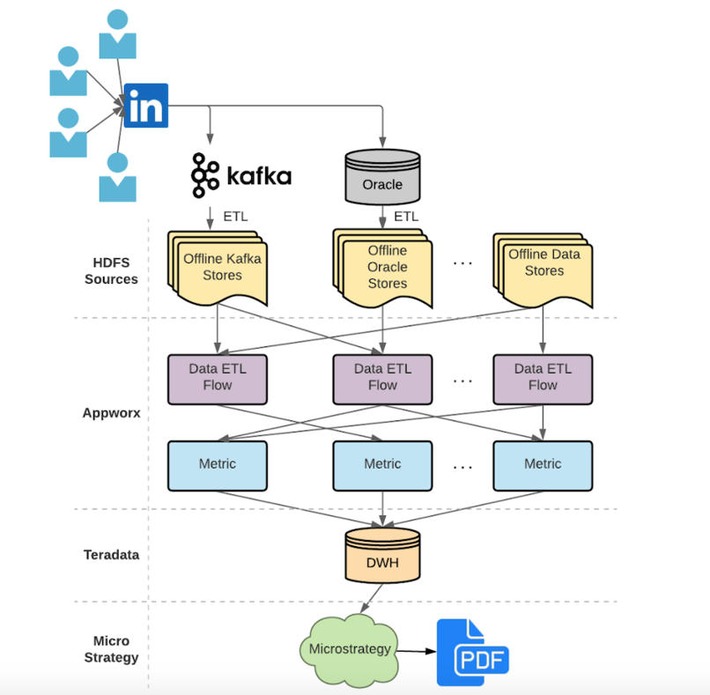
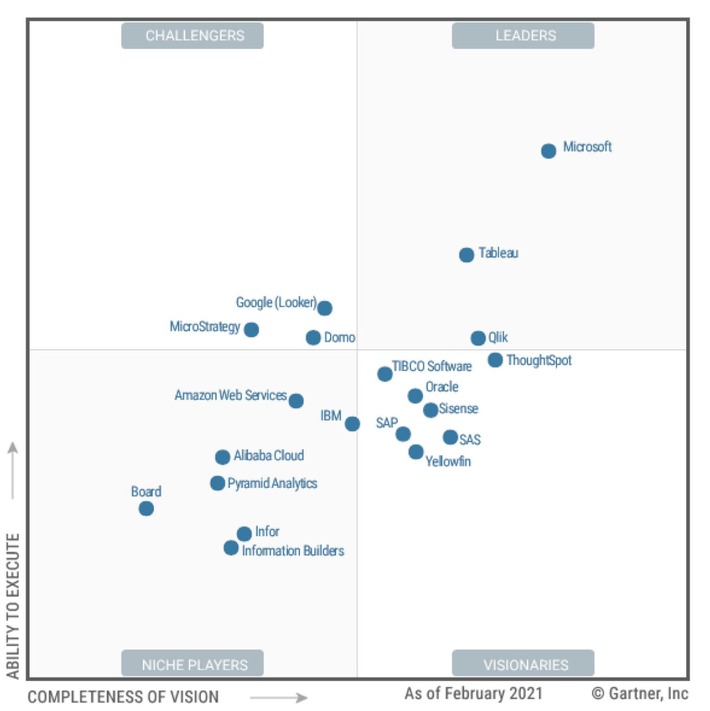

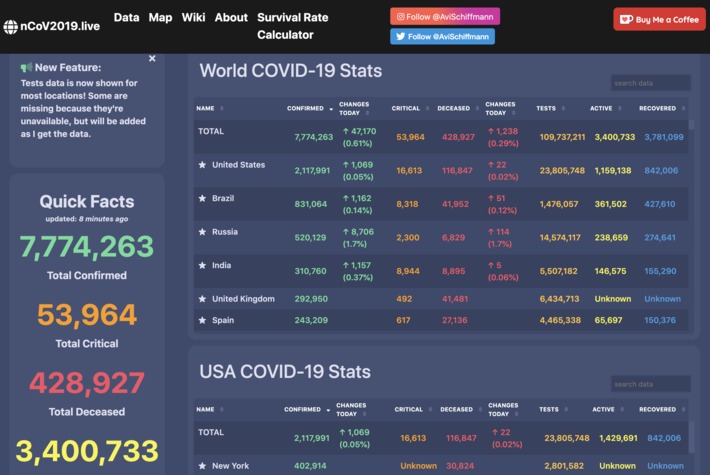
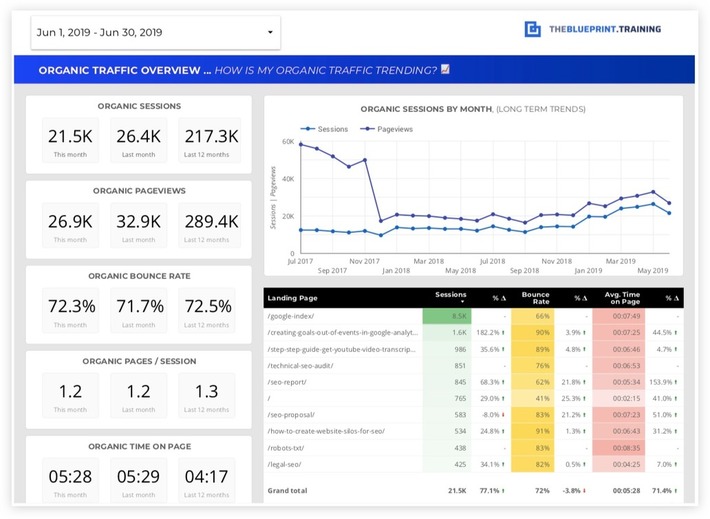
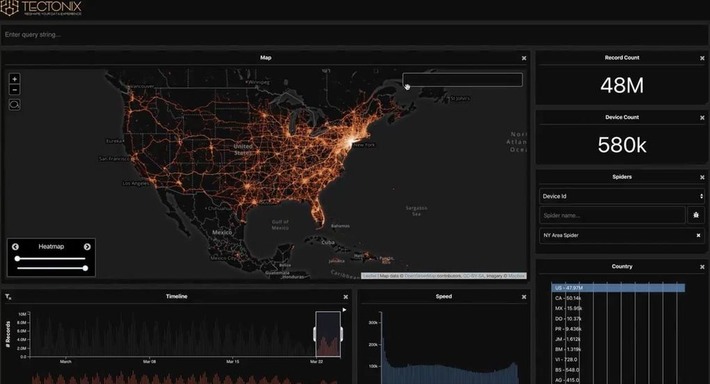
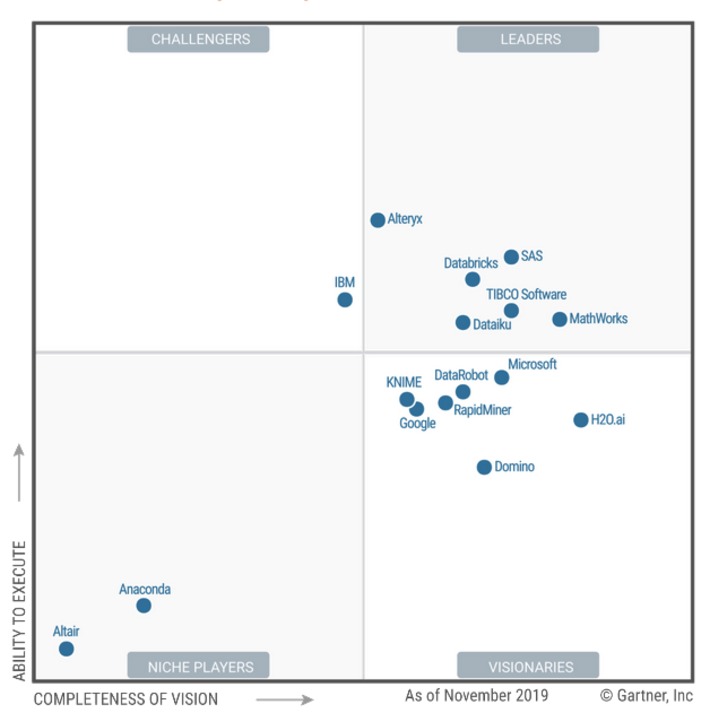









Comprar Mounjaro sin receta en España puede ser tentador, pero es crucial comprender las implicaciones. Mounjaro es un medicamento que generalmente se receta para tratar afecciones médicas específicas,
acquista subutex online
acquista saxenda
acquista subutex
efedrina acquisto
acquista morphine
acquista oxicodona
acheter actiskenan 10 mg
acheter vernon subutex
acheter skenan lp 10
rubifen 10 mg prix france
acheter dmt en France
acheter cocaine paris
acheter héroïne
acheter oxycodone
acheter klonopin
buy ozempic for WEIGHT
buy ozempic Florida
buy ozempic Canda
buy ozempic without prescriptions
buy ozempic 0.5 mg
buy ozempic 1mg
koop ozempic Nederland
koop ozempic voor gewichtsverlies
Koop pillen om af te vallen
koop ozempic 0.25 mg
koop ozempic Amsterdam
koop ozempic Rotterdam
koop ozempic Eindhoven
mounjaro koop
saxenda koop
wegovy koop
acquisto ozempic
ozempic prezzo
acquistare ozempic 0.5mg
acquistare ozempic senza ricetta
acquistare ozempic 1mg
ozempic comprar 1mg
comprar ozempic 1mg
ozempic comprar sin receta
ozempic comprar online
ozempic comprar
comprar ozempic 2mg
comprar mounjaro
kaufen ozempic Deutschland
kaufen ozempic
kaufen ozempic 0.25 mg
kaufen ozempic 0.5 mg
kaufen ozempic 1 mg
kaufen ozempic 2 mg
acheter ozempic
Acheter Ozempic 0.25 mg
Acheter Ozempic 0.25 mg MAINTENANT
Acheter Ozempic 0.5 mg MAINTENANT
ozempic perte de poid